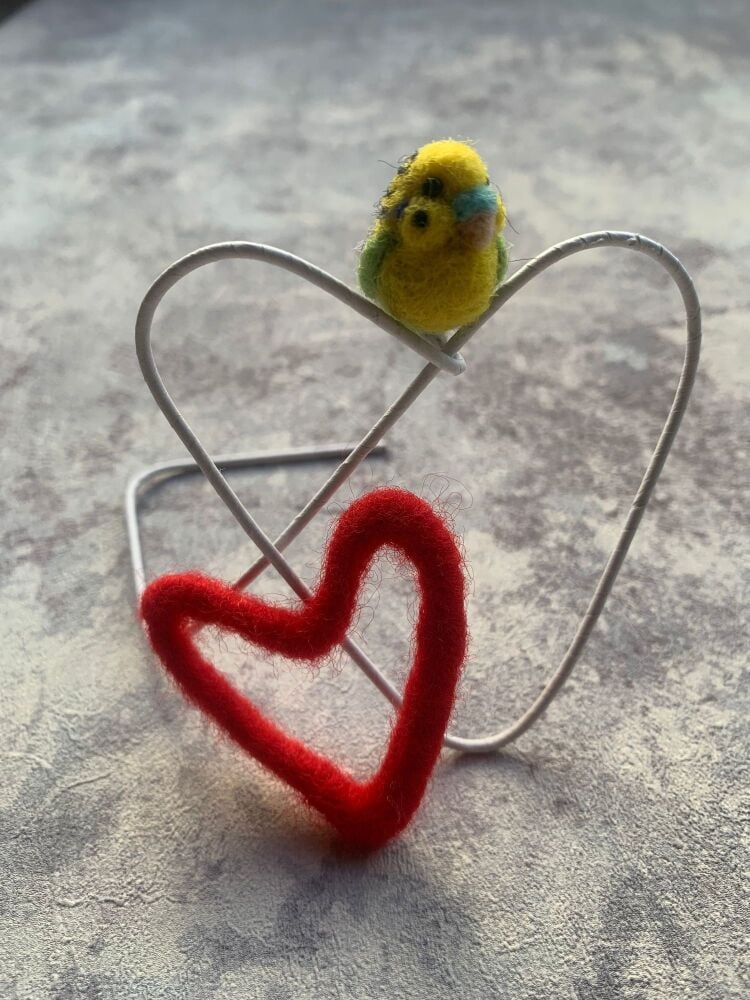Depth and Detail: How to Create Stunning 2D Needle Felted Scenes
Posted on
Order of Work for a 2D Needle Felted Picture

Image by MrsCuteFelts
Posted on
Order of Work for a 2D Needle Felted Picture

Image by MrsCuteFelts
Posted on
Wire Wrapping Tutorial for Needle Felted Animals
Once your armature is built, the next step is to wrap it with wool. This process is essential because bare wire is too smooth for fibres to grip, and without a base layer your sculpture can slip or lose shape. Wrapping creates a textured surface that anchors the wool securely, adds bulk where needed, and smooths out joints, so the figure feels cohesive. Think of it as preparing the skeleton with a soft layer before you begin sculpting the body. Core wool or carded sliver works best for wrapping: it’s coarse, springy, and binds tightly to wire.

Posted on

Image the woolwench.com
Blending Wool Colours for Wet and Needle Felting Creating custom colour blends adds depth, realism, and personality to your felted pieces. Whether you're aiming for soft gradients, natural fur tones, or vibrant transitions, blending wool is a simple technique that enhances both wet and needle felting. This guide walks you through three reliable methods to blend colours effectively, with tips for choosing the right approach for your project.
Posted on

Image above Felting Wonderland
When building a needle felted sculpture with an internal wire armature, selecting the right wire gauge is essential. It affects everything from poseability and durability to how much wool you’ll need and how easily the figure takes shape. Whether you're crafting delicate birds or sturdy standing animals, understanding wire thickness will help you create balanced, expressive pieces with confidence.